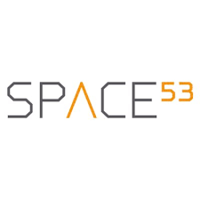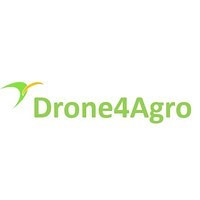Recently, there have been an increasing interest in the field of unmanned aerial robots, which are commonly known as drones. This increase can be attributed mainly to their low-cost, unlimited workspace, high efficiency, and safety, which make them appealing for wide range of applications. Besides the military applications that they have been well-known for, these robots can be used in civil applications, such as firefighting, crop dusting and power plant inspections.
research question
Is it possible to develop a versatile, robust and mobile docking station technology that enables the aerial AgroRobot to land autonomously in a docking station and recharge/refill its battery and liquid sprays?
Background information
One of the most promising area of application for such aerial robots is in the agricultural sector, such as precision faming and crop sampling. Such aerial agricultural robots (Aerial AgroRobots) have potential of enabling intercropping and reducing soil compaction, which greatly contribute to efficient productivity and environmental friendliness. Considering the growing world population, the use of such new technologies that lead to optimal use of resources in an efficient and effective manner is paramount to perpetuation of life. Machinefabriek Boessenkool and Drone4agro are two innovative companies in the region of Twente, the Netherlands, that have been striving to develop new technologies that lead to more automated and efficient farming.
PROJECT APPROACH
Machinefabriek Boessenkool is the inventor of the first electric tractor, which is distinctly light weight and has very small wheel foot-print. This led to significant reduction in soil compaction, and thus a more effective farming. While such innovation have led to better automated farming processes, these tractors are not fully autonomous (still manned). Drone4agro, in collaboration with Machinefabriek Boessenkool, is currently working towards developing the first fully autonomous Aerial AgroRobot. The aerial AgroRobot will be capable of precision farming, while completely preventing soil compaction. Nonetheless, to render the aerial AgroRobot fully functional, several new technologies need to be still developed.
One of the most important feature of the aerial AgroRobot is autonomy. The AgroRobot needs to be fully autonomous to function properly and to carry out specific tasks successfully. This type of autonomy makes the AgroRobot appealing to be used by ordinary farmers as it needs no expert pilot to fly it and manually replenish its resources (battery and liquid sprays). Saxion University of Applied Sciences, as an expert knowledge center, will work towards answering the central question.
The research group of Mechatronics of Saxion is an expert knowledge center in the field of Systems Engineering and Modular robotics. One of its application focus areas is Unmanned Systems, in which it would like to attract more specialized experts, and it has experience working with students and external institutes. The Research Group will play the main role in developing a proof-of-concept for the docking station technology.
project goal
The main objective of this project is to develop a docking station and associated technologies for unmanned aerial robots, as currently mainly humans are the pilots. The technologies are fundamental to the realization of tomorrow’s autonomous aerial robots. The two main goals of this project are:
- Developing a docking station which is equipped with an autonomous battery recharging and fluid (like pesticide) refilling capabilities;
- Designing and implementing a robust (3-fold) autonomous landing controller for an aerial robot.
Duration project
Start project: 01-02-2017 - End project: 30-07-2018
Partners


Space 53
Website
Tech for Future
website
Drone4Agro
Website
Boessenkool
WebsiteMore information about the project?
